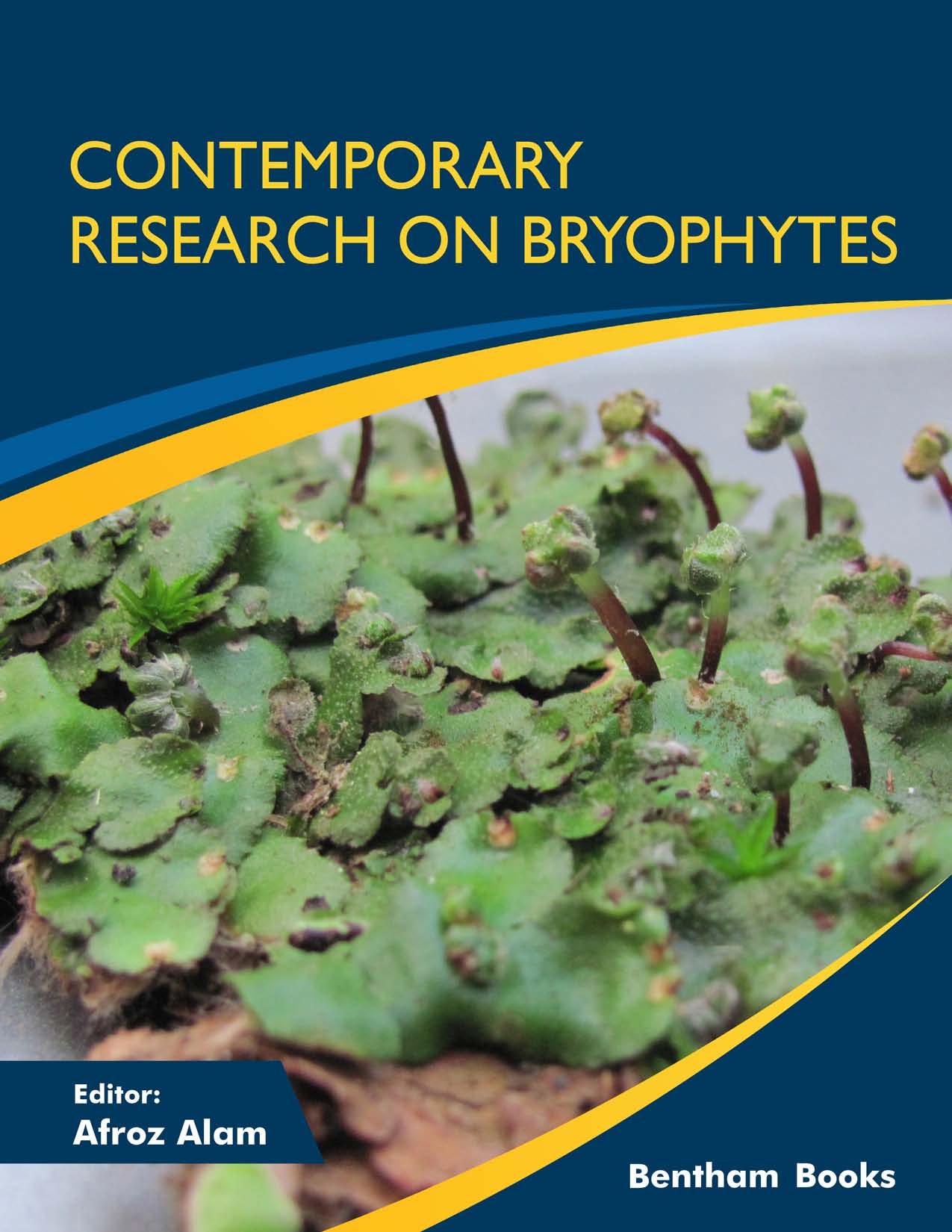Introduction
This reference provides information about recent trends in bryology in parts of India, tropical rainforests and arctic regions. Bryophytes are the earliest land plants and quite fascinating in their overall diversity. All through its history, bryological study has contributed considerably to the field of plant sciences, for instance, the discovery of sex chromosomes in plants. The study of bryophytes is fundamental to our understanding of land plant evolution, and the latest progress in molecular phylogenetics and genomics have given researchers a clear depiction of land colonization of plants and subsequent terrestrial progression. Ecologically, the importance of bryophytes for the participation in biogeochemical cycles, in particular carbon cycle is now appreciated. Further, there has been an escalating interest in the conservation biology of bryophytes.
The contributors have put forward holistic information regarding current research scenario of bryology in a range of environments to readers learning about research in applied bryology. The compilation of reviews presents reported findings related to various aspects of the subject, such as, conservation, diversity, tissue culture, bio-monitoring, computational bryology, molecular bryology, and species.
Botanists and bryologists will receive updated information that will be valuable for their research work. The reader-friendly text is also suitable for beginners in applied plant science.

